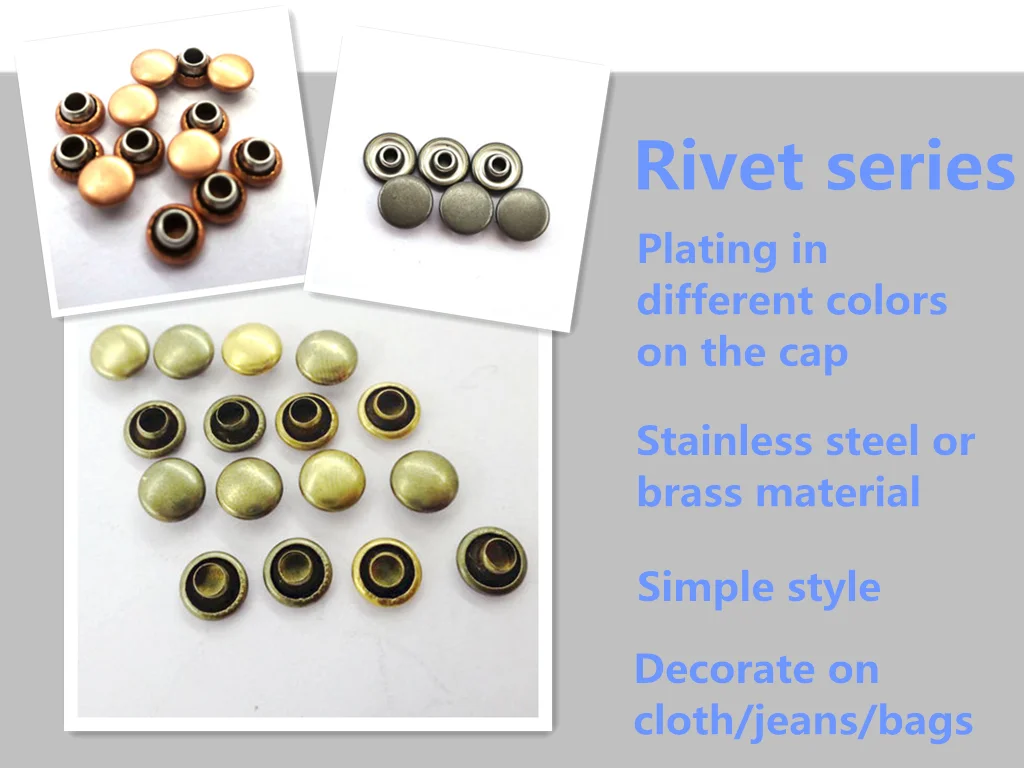

The low-profile domed head is appropriate for most applications.

As a rule, the rivet materials should have the same physical and mechanical properties as the materials to be fastened, because a marked dissimilarity may cause joint failure due either to material fatigue or galvanic corrosion. Nature of materialsīoth the rivet and the materials to be fastened will affect the ultimate joint strength. Remember that insufficient rivet length will not allow proper formation of the secondary head at the back of the work.

You must select a rivet with a grip range that includes the work thickness required. This determines the required "grip" of the rivet you select. Measure the total thickness of the materials to be joined. POP ® brand rivets are not certified for structural aerospace applications and such use is not recommended. Then refer to the "Shear" and "Tensile" in the Rivet Selection Guide on the product and select a POP ® brand rivet that provides the values required. These are functions of total joint strength, fastener spacing, rivet body material, and rivet diameter. Joint strengthįirst determine the single-joint tensile and shear values required for the application. The load applied to a fastener along its length. The load applied to a fastener along the joint interface. The recommended thickness range over which the body length will consistently provide a proper setting in a hole of the specified diameter. (Best practice is to follow the hole size recommendations provided).Īvoid burrs in and around the holes. It may also cause bulging or separation of the members by allowing the rivet to expand between them instead of only on the blind side. Too large a hole will reduce the shear and tensile strengths. Too small a hole will, of course, make rivet insertion difficult. Hole size can be important in blind riveting. This illustration provides a graphic representation of the POP ® blind rivet selection factors described below.


 0 kommentar(er)
0 kommentar(er)
